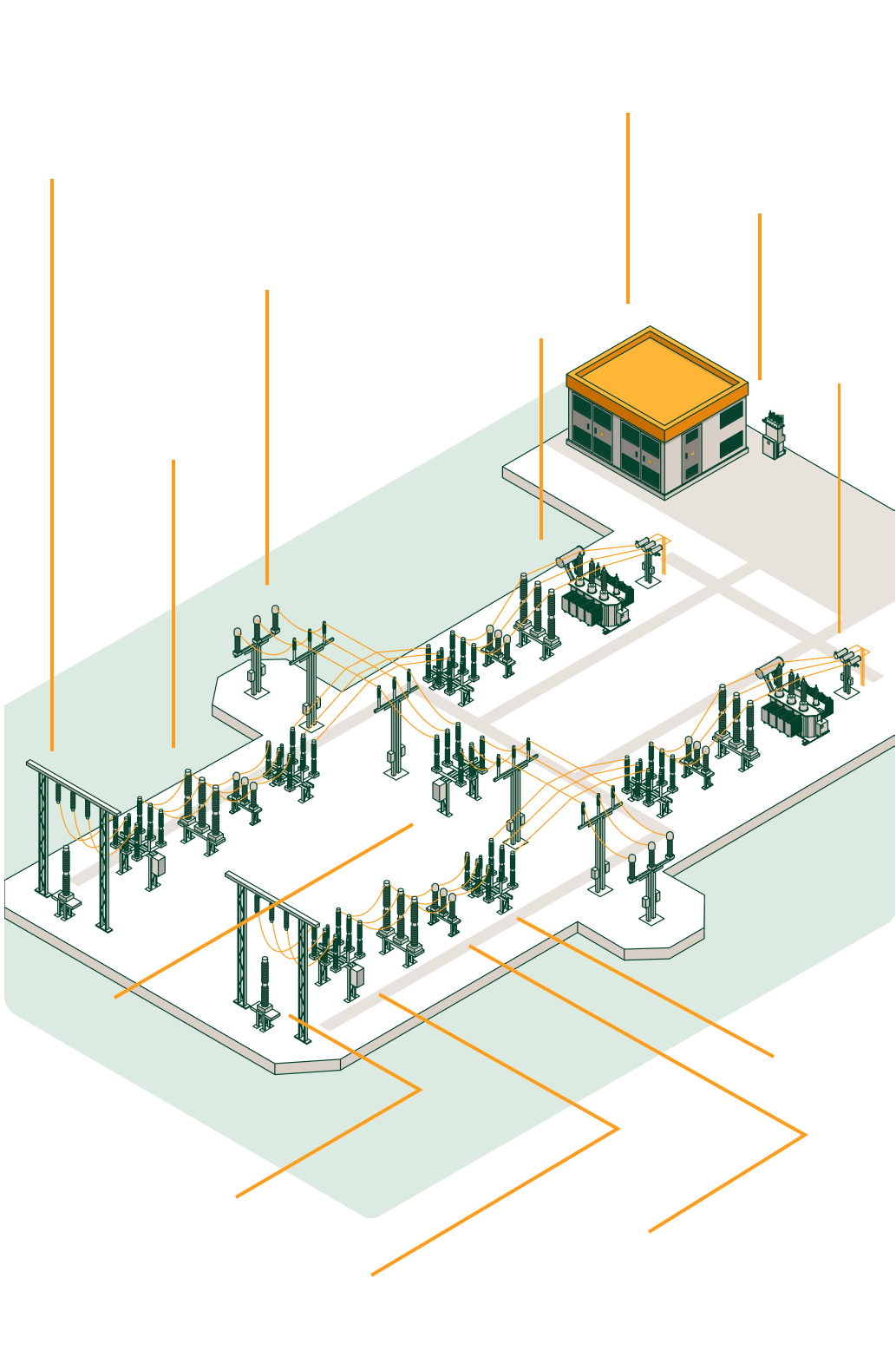Electrical substations
Do you know how an electrical substation works?
Electrical network Energy efficiency
Electrical substations are essential elements for everything to work correctly and safely in the electricity grid. In substations, electrical energy is transformed, controlled and distributed to end users, but do you know how they work and what types of electrical substations there are?
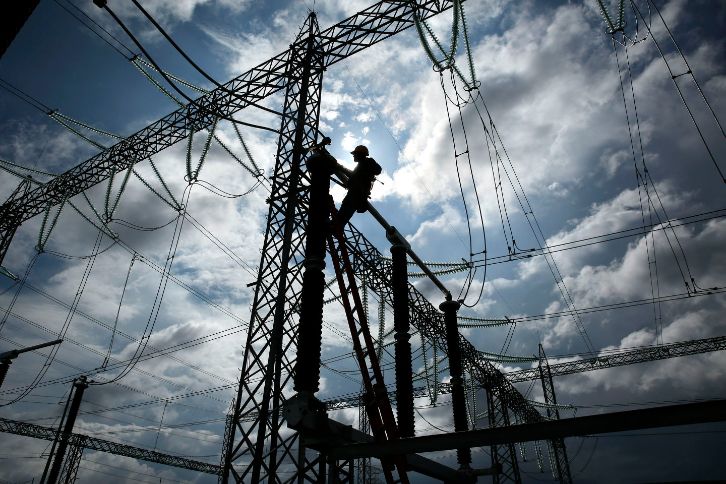
Electricity substations are an essential element for the operation of the electricity grid as well as for ensuring a stable and secure supply of electricity.
Substations are responsible for receiving the electrical energy that is generated in power stations and power plants to raise its voltage and connect with large lines that carry the energy to cities and large consumption centres. There the voltage is reduced again to connect with medium voltage lines that will take the energy to the transformation centres we have in our streets where it will finally be reduced to the low voltage we use in our homes.
Substations are crucial for the proper control of electricity and for the integration of renewable energies into the grid.

Progress on the smart grid
Telecommunications trends and applications in the smart grid.
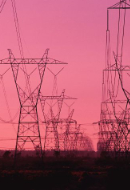
Difference between alternating and direct current
Find out what both types of current are.
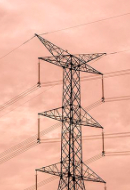
The road to smart grids
A global transition to a green grid powered by renewables.
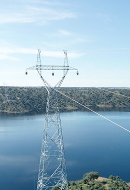
High, medium and low voltage
Discover their different peculiarities and uses.
The first electrical substation was built in 1882 in New York, although it was not until 1930 that the introduction of distribution transformers allowed substations to control electrical energy with greater precision, which favoured more efficient distribution and greater flexibility in the management of the electrical network.
The evolution of substations has been marked by the need for greater capacity and efficiency in the production and distribution of electricity. As demand has increased, substations have become larger and have adopted more advanced technologies while offering greater safety and reliability in the supply of electricity.
 SEE INFOGRAPHIC: Components of an electrical substation [PDF]
SEE INFOGRAPHIC: Components of an electrical substation [PDF]
Substation transformer: essential component and cooling methods
The transformer serves as the core component of a substation, fundamentally altering the relationship between incoming and outgoing voltage and current. It adjusts these electric parameters to ensure proper distribution and functionality. Substation transformers are specified based on their primary and secondary voltage ratios and their capacity to handle power.
Large transformers often incorporate cooling features to manage heat effectively. Some are equipped with fins that allow oil to circulate and dissipate heat more efficiently. To enhance this cooling process, additional fans may be installed to blow air across the fins.
In other cases, pumps are used to circulate oil more forcefully. For extreme conditions, utilities might even use water spray systems to cool the transformer’s surface during peak loads and hot weather, ensuring optimal performance and safety.





